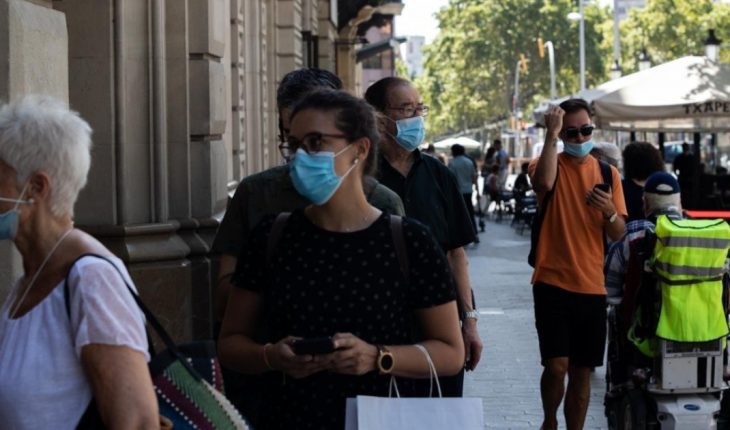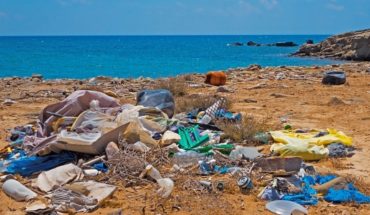Since the emergence of the new coronavirus and its subsequent spread around the world, a huge amount of research has focused on understanding, on the one hand, how the virus spreads and, on the other hand, what are the best prevention measures; there were things we knew almost immediately—the need to isolate themselves from others, use beards, and wash their hands frequently—while others took more time and work to reach consensus. Such is the issue of transmission, the knowledge of which is essential to be able to make better decisions regarding the progressive lifting of blocking measures. In this regard, health agencies such as the Centers for Disease Control and Prevention (CDC) and the World Health Organization (WHO) warn that the virus is mainly transmitted between people who are in close contact with each other, by objects that are contaminated with the virus, and through respiratory droplets that occur when an infected person coughs , sneezing or talking. Also, warn about aerosol tranmission — very small droplets that may remain suspended in the air for longer periods of time — although they stress that more studies are urgently needed to investigate such cases and assess their importance for COVID-19 transmission. Now, José Luis Jiménez, professor of chemistry and a member of the Cooperative Research Institute in Environmental Sciences at the University of Colorado-Boulder, warns along with many other scientists that “a substantial part of COVID-19 cases are the result of aerosol transmission, and the evidence in favor of aerosols is stronger than that of any other pathway.” He insists: “Officials need to be more aggressive in expressing this reality if we want to control the pandemic.”
There are three possible forms of transmission of the virus, he argues, two of which include WHO and CDC: the first is through “fómites”, objects that are contaminated with the virus (which could include someone else’s skin). At the beginning of the pandemic, concern about the transmission of formites led some people to bleach food and packages. The CDC now says fomites are a possible means of transmission, but probably not one that is important. The second possibility is through droplets (saliva or respiratory fluid) that infected people expel when they cough, sneeze or talk. “The drops, which according to WHO and CDC are the main means of COVID-19 transmission, are driven through the air, but fall to the ground after traveling 1 to 2 meters. However, published research, droplets are only important when coughing and sneezing.” He adds: “But when it comes to talking closely, which seems to play an important role in the transmission of COVID-19, drops are less important than the third potential pathway: aerosols.” Tuberculosis was thought to be transmitted through droplets and formites for decades, but research eventually showed that tuberculosis can only be transmitted through aerosols. I think we’ve made a similar mistake with COVID-19.”
Aerosol transmission, specifically, is similar to droplet transmission, except that in the first case they are so small that they can stay in the air for minutes or hours. “While WHO and CDC say aerosols could cause transmission in very specific situations, both organizations argue that they are less important. I think this is a major mistake and on 6 July, together with 239 scientists, I asked WHO to reassess its position. WHO updated its position in response, but the agency’s language continues to express skepticism about the importance of this pathway.” On the other hand, Jimenez argues that outbreaks are often being discovered when people gather in crowded and under-ventilated indoor spaces, “such as singing at karaoke parties, cheering in clubs, chatting in bars, and working out in gyms.” “Superpropagation events, where a person infects many, occur almost exclusively in enclosed places and are causing the pandemic. These observations are easily explained by aerosols and are very difficult or impossible to explain by droplets or formites.” In this regard, and still in the face of a lack of official response, he concludes that “We must continue to do what has already been recommended to us: wash our hands, keep a distance of two meters, etc. But that’s not enough. A new, coherent and logical set of recommendations should emerge to reduce aerosol transmission.” Desstressing in turn the importance of avoiding crowds, enclosed spaces, places with little ventilation, keeping distance with others, staying static for a long time in tight spaces, wearing masks and not talking, singing or screaming without barbijo.” Going outdoors is not a magical protection against contagion: a windy day in an open area while keeping our distance is very safe, but a close conversation without plugs or windless masks or minimal running in a narrow landscape between tall buildings is very risky,” he concludes.





